The modern nail clipper we know today are a modern invention patented around 1875, but it’s unclear when and by whom the modern nail clippers were invented. Throughout human history, people have used a number of various tools to perform this rudimentary task – though admittedly without such clean, convenient, or hygienic results as the nail cutter we know today.
We’ve gathered this and many other information here in this website, you can read more about foot care.
Read on to learn more about the unique history of the invention of the nail cutter, how people trimmed their nails before they were invented and who invented the nail clipper.
Who Invented Nail Clippers?

While it’s unclear when were nail clippers invented, we do know that they were first patented in 1875 by Valentine Fogerty.
Fogerty’s inventions were quite different in appearance and design than the standard size fingernail clippers we know today – the device resembled a circular nail file and didn’t clip nails the way modern trimmers do.
However, Fogerty’s new patented device was different than previous files and blades in that it introduced the concept of placing the overgrown finger nails inside the cavity where it would be clipped with a blade instead of filed or cut like previous options.
The first clamp-style nail trimmers were patented in 1881 by Eugene Heim and Oelestin Matz. In the years that followed, many other inventors would go on to design their own nail clippers (the Swissklip Nail Clipper is an example). These inventors included John Hollman, George Coates, William Edge, and Chapel Carter.
The first nail clipper made from modern manufacturing methods was created by the W.E. Bassett company, which designed artillery during World War II.
Bassett’s clippers used the jaw design, which locked the lateral blade when closed and a thumb-swerve. The design was called Trim nail cutter. Trim and Gem were the two primary brands that first arrived on mainstream store shelves. Later, W.E. Bassett created another nail cutter, Croydon, which was marketed to the upper class alongside the jewelry market.
Today, fingernail trimmers are so widely used that everyone knows how to use a nail clipper and any patents to their various designs have faded into obscurity. There are only so many ways to cut nails, so there isn’t really anything new inventors can add to this simple but necessary and convenient device, like the best toenail clippers for seniors and women available in the market.
Recent nail clipper variations have emerged in recent years, including:
- Nail clippers for babies and children – these are smaller, lighter, and come with a safety feature that makes it easier to avoid clipping skin
- Extenders for toenail clippers – for the elderly and others with mobility issues who can’t reach their toes
- Nail clippers for pets – dogs, cats, rabbits, guinea pigs, and other pets require regular nail clipping
How did People Cut Their Nails Before Nail Clippers were Invented?
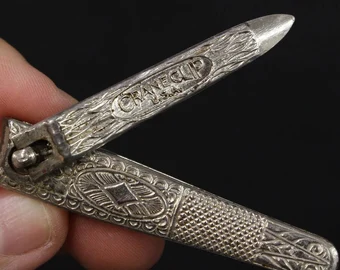
While modern day nail clippers with the included file and compound levers are a relatively new invention, the concept of trimming one’s nails as part of regular hygiene is not. Ancient peoples even had nail polish, with Egyptian Pharaoh Cleopatra reportedly polishing her fingernails red – a bold move that communicated her high status.
Most people before the 20th century would trim fingernails with small knives. When people would trim their nails, they would call it paring – and thus, the term “paring knife” was coined. These small, sharp knives with blades that are easy to maneuver were commonly used for nail trimming overgrown fingernails sooner.
The practice of nail clipping is shrouded in superstition. In the late 1880s, it was once believed that trimming one’s nails on Fridays, Saturdays, or Sundays would bring misfortune.
Historic documents are littered with references to nail trimming, including in the Book of Deuteronomy in the Old Testament and in Horace’s Epistles, which is dated around 20 BC.
How did Ancient People Cut their Nails?
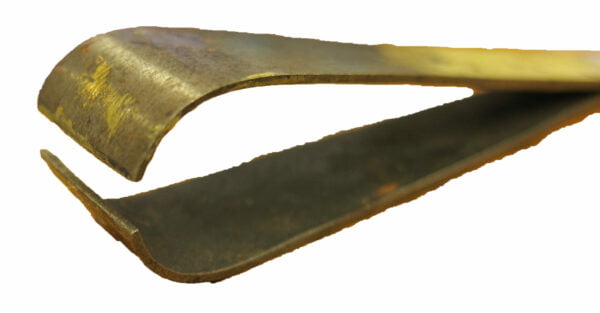
You might be wondering how did people cut their nails before nail clippers? The first known nail clippers date back to the days of ancient Rome. These clippers were made of bronze, and they resemble simplistic modern-day nail clippers with sharpened edges between which the overlong fingernail would be placed. Pressure would be placed above and below the device to exert enough pressure to cut the nail.
In the Middle Ages, people used small shears that resemble yarn cutters. If these shears were unavailable, then small, ordinary blades were undoubtedly used. Those who performed hard labor, such as peasants, were unable to grow long nails due to the manner of their work, and excess nail growth would break off before the nails got too long, so a nail trimmer or nail grinder for their overgrown fingernails was not very much needed.
In ancient China, one’s fingernail length was often associated with their class status. Because those who performed hard labor for a living would break off excess nail growth during their difficult work, long nails were seen as a sign of the wealthy.
Before iron and steel were commonly available, it is believed that bronze blades were used for trimming fingernails and clip toenails. Ancient Roman nail clippers were made of bronze.
How did Cavemen Cut their Nails?
While it’s difficult to pinpoint the detailed hygiene regimens of the paleolithic peoples, it can be assumed that they were quite skilled with what they had.
Cavemen didn’t need to trim their toenails because walking around barefoot regularly wore down their nails without any need for trimming. It can be assumed that the same situation applied to their fingernails. Since the paleolithic peoples labored with their hands for survival, it can be assumed that any excess fingernail growth would – like their toenails – break off before becoming too long.
If their nails did become too long for any reason, the paleolithic peoples worked extensively with stone, and might have learned how to file down their nails with this plentiful resource.
Ancient Nail Clippers: What did They Look Like?
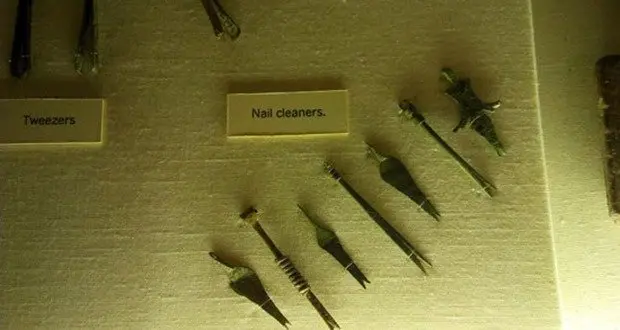
Today, standard nail clippers are sleek modern inventions made of stainless steel, plastic, or aluminum. They usually come with a small file to manicure the rough edges of trimmed fingernails and some even come with a nail catcher to contain the trimmings, and some other futuristic nail clipper features.
But what did ancient nail trimmers look like?
Ancient Roman nail clippers look a lot like modern day nail clippers, just a much simpler version made of bronze. Clippers from the Middle Ages resembled shears used for cutting yarn.
Other than these, nail clippers were mainly small knives with handles of bone or wood with bronze or iron blades. Materials would vary depending on the region and the wealth of those who owned the clippers.
The Evolution of the Nail Clipper: An Exploration of Designs
From the ancient clippers of Rome to the modern stainless steel devices we see today, the design of the nail clipper has seen numerous changes, adaptations, and improvements. Let’s dive deeper into some of the most significant evolutions in the design of fingernail trimming over the centuries.
1. The Introduction of the Lever Mechanism
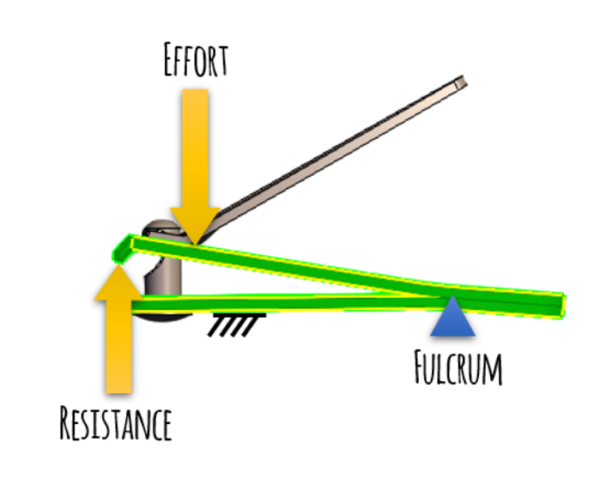
The invention of the lever mechanism in the late 19th century was a game-changer in nail clipper design. This mechanism, which requires the user to press down on a lever, provided greater force and precision in nail cutting. This was a vast improvement over the simple knife or shear method and led to cleaner, more precise cuts. It’s no wonder that this design quickly became popular and remains the primary mechanism in use today.
2. Nail Files and Under-Nail Cleaners
The integration of a nail file and under-nail cleaner on the clipper was a notable design advancement. Previously, individuals might have carried separate files or used knives to clean under the nails. However, with the combined design, it became easier and more convenient to maintain clean and well-shaped nails, all with a single tool.
3. Ergonomic and Specialized Designs
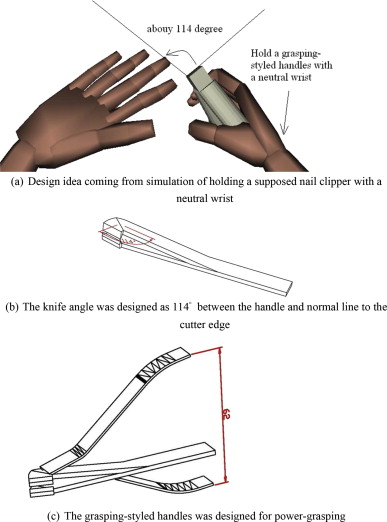
Over time, manufacturers realized the need for nail clippers that catered to specific populations. For instance, ergonomic nail clippers with padded or rubberized handles were designed for those with arthritis or weak grip strength. Similarly, clippers with magnifying glasses attached were introduced for users with visual impairments, ensuring they could safely trim their nails.
4. Enhanced Safety Features
With the rise of specialized clippers for babies and the elderly, safety became a paramount concern. Newer models featured safety stop bars to prevent over-cutting, while others came with built-in LED lights to illuminate the trimming area.
5. The Rise of Electric and Battery-Powered Clippers
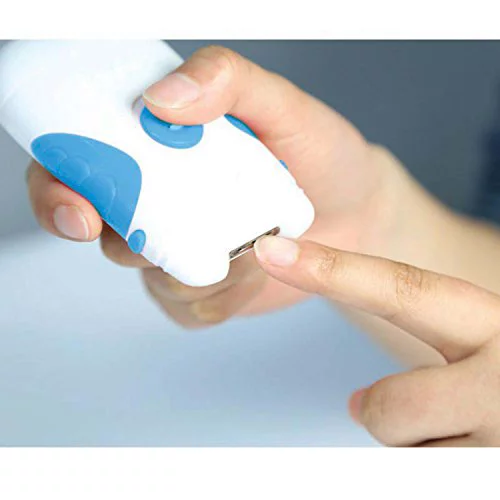
The 21st century saw the emergence of electric and battery-powered nail clippers. These devices offer an even easier trimming experience, especially for those with mobility challenges. Some electric models even have adjustable speed settings, making them versatile for various users.
6. The Advent of Multi-functional Clippers
Recently, multi-functional nail clippers have become more popular. These devices not only trim nails but also cater to other grooming needs like removing calluses or trimming cuticles (Read this How to Cut Cuticles guide). Equipped with various attachments, these clippers offer a complete nail care solution in one compact device.
7. Sustainable and Eco-friendly Designs
As the world becomes more conscious of sustainability and eco-friendliness, the nail care industry is no exception. Newer models of nail clippers are made from recycled materials or are designed to be long-lasting to reduce waste. Some brands even offer repair or sharpening services to prolong the life of the clipper, ensuring users don’t have to frequently replace them.
8. Nail Clipper Kits and Accessories

While individual nail clippers have their merits, many people now prefer nail clipper kits, that include toenail clippers and fingernail clippers. These kits often include various sizes of toenail clippers, fingernail clippers, nail buffers, cuticle cutters, callus remover nail files, and other grooming tools, all neatly packed in a stylish pouch or case. Such kits are not only convenient but also provide a comprehensive solution for nail care, whether you’re at home or on the go.
The Nail Clipper’s Journey: From Bronze to Brilliance
The journey of the nail clipper, from its humble origins to its modern incarnations, is a testament to human ingenuity and the drive to improve everyday tools for convenience and efficiency.
As we continue to innovate and evolve, it’s exciting to think about what the future holds for this small but indispensable tool. Who knows? In the next few decades, we might just be using smart nail clippers equipped with AI or other advanced technologies to ensure the perfect trim every time!


